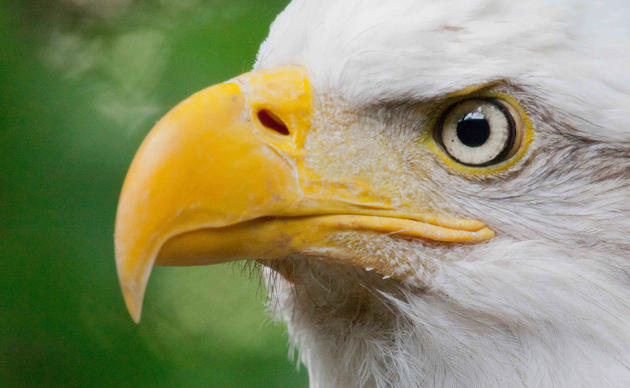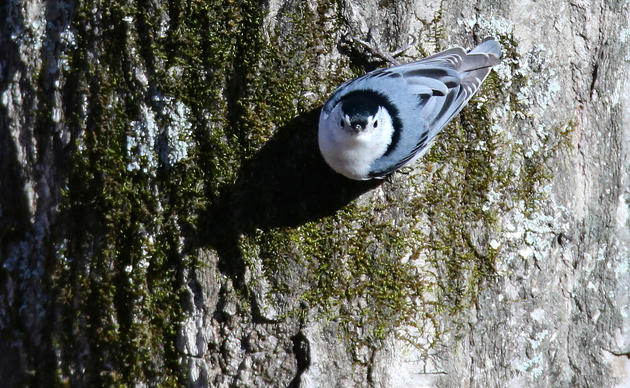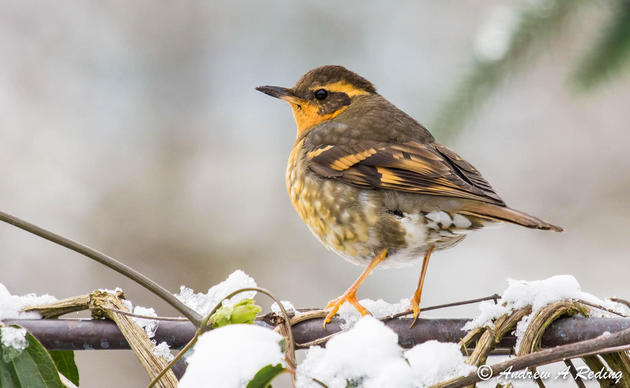Over 50 years ago when I lived in Cleveland, I started developing a concern for the environment and an interest in birding. This was the time when the Cuyahoga River was so polluted that it caught fire and burned down a train trestle. This was when Rachel Carson’s book had brought the effects of DDT to the attention of the public. In December of 1969 my husband and I drove about two hours to Pymatuning State Park on the border with Pennsylvania to see if we could get a glimpse of a Bald Eagle. I don’t think we saw the Eagle that time, but we did come across some Audubon members doing a Christmas Bird Count! In July of 1970 I moved to Spokane and joined Spokane Audubon Society so I could do my part to help protect birds and the environment.
Across the nation, change was in the air! The first Earth Day was in April of 1970. By the end of that year Congress had created the Environmental Protection Agency and passed the National Environmental Education Act, the Occupational Safety and Health Act, and the Clean Air Act. Two years later the Clean Water Act was passed. That’s a pretty hard act to follow!
It took a lot of energy and people of all ages working together to make that kind of change. At that time, congress held hearings across the country in a variety of cities. I can remember the first time I testified in Lewiston on a Wilderness Area proposal. I was sure everyone in the room could hear my heart pounding in my chest. Apparently, I spoke loudly enough to cover up the palpitations. By the time I testified before a committee in Seattle on the Clean Water Act I was an old pro. As it turned out one of the Congressmen was from Ohio and we could reminisce about the Cuyahoga River. It was an exciting time.
Audubon was becoming more of a presence in the state with new chapters forming. Hazel Wolf and Helen Engle were busy encouraging the formation of new chapters. In February of 1972 people across the state were invited to a gathering of Audubon Chapters in Seattle. After the meeting there was a social gathering at Helen Engles’ home. Now how surprising is that!
Spokane Audubon Society was originally the Spokane Bird Club. A year or two before I arrived, it transitioned to a chapter of National Audubon. Some of the movers and shakers at the time were: Warren Hall - President, Margaret Haggin - Education Chair, Morey Haggin - Conservation Chair, and Ed Reynolds - Newsletter.
Spokane Audubon Society became my family both literally and figuratively. These were my people encompassing both an interest in birds and a concern about the environment. I participated in the field trips they offered and learned a lot about the birds and the surrounding countryside. I attended the monthly meetings regularly and before long I was on the board with the other “young” couple Ed and Jan Reynolds. After a year or two, I became Secretary and then a few years later I was President. And I got to participate in Christmas Bird Counts!
While our main goals over the past 50 years have remained the same, there have been some significant changes as well.
At the beginning of the 70’s it seemed that a large percentage of the people involved in the environmental movement were young. I think life has gotten a lot more complex and most families require two working adults to make ends meet. I know when I went back to work and had the responsibilities of a blended family, I stepped back from my outside commitments. Now it seems that the most active people are those who are retired. Basically, the same people that were active in the 70’s! Ed and Jan Reynolds just left the board last year for the final time and I’m still on it. We’ve had several new people join the board in the past few years which has revitalized it and injected some much needed energy. Change is good!
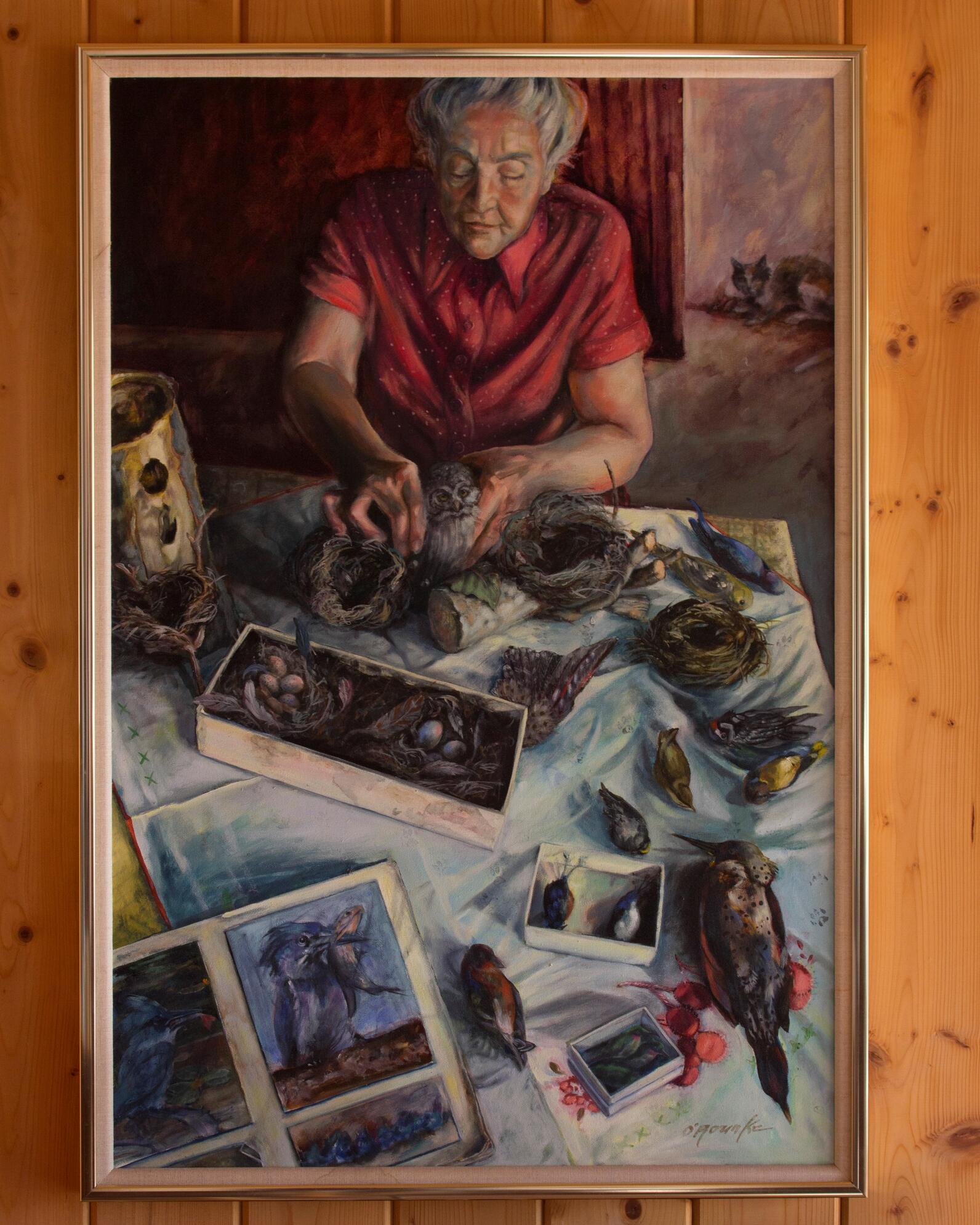
Environmental education of young people has been and always must be a central goal of any Audubon chapter. I was one of the volunteers who helped Margaret Haggin, my then mother-in-law and education chair, with a summer environmental day camp she held for several summers at her home on the Little Spokane River. An adult needed to accompany each child. This assured that both adult and child had the same basic understanding so that learning could continue beyond the limited time of the camp. She encouraged the exploration of our environment and appreciation for the wonder of our world. Those camps created bonds that lasted for decades.
In those days I’m not sure if regulations were lax, lacking or just ignored, but Margaret always had a number of dead birds in her freezer. She was known as the “Bird Lady” of Spokane. People would call to let her know of any birds that may have hit the window or been captured by a cat. Rather than going to all the trouble of having study skins made or having them mounted, Margaret would just wrap them in newspaper and put them in the freezer. When she got a call for a classroom presentation, she would pull them out of the freezer, put them in an ice chest and take them to the class so that the students could see what real birds looked like. Those dead birds were passed along to the next Education chair and finally to me. Margaret also used a few mounted specimens and study skins that had been sitting idle at the community college. Some of the specimens were from 1964. Despite some of the primitive methods, hundreds if not thousands of kids learned some of the wonder of birds and nature from those frozen dead birds.
I think going into the classroom today has gotten a lot harder than it used to be. The curriculum is so full that there is not a lot of flexibility for outside presenters. Then the presentations must meet the goals and objectives required by the state. This can be rather intimidating for a volunteer program.
Communicating your message has changed a lot in the last 50 years. In the early 70’s you made your copies by running them on a mimeo or ditto machine. The masters were a challenge to make and you always ended up with purple fingers when you made a ditto. My young son learned all his swear words from me when I was trying to type copy for publication or writing a letter of protest. Today, everything is digital and you don’t have to use correction fluid or correction tape every time you make an error. Not only do you have newsletters, but you can send out targeted messages by email, have a Facebook page, or send out Tweets (whatever they are).
I think we’ve learned a lot about collaboration. At the beginning of the environmental movement, it seemed a new group formed for every possible niche. I think we have recognized how important it is to join forces with one another to accomplish goals. We have to stretch beyond working with just the usual suspects. We need to search for common ground with those we don’t normally consider allies. This leads to greater understanding on everyone’s part.
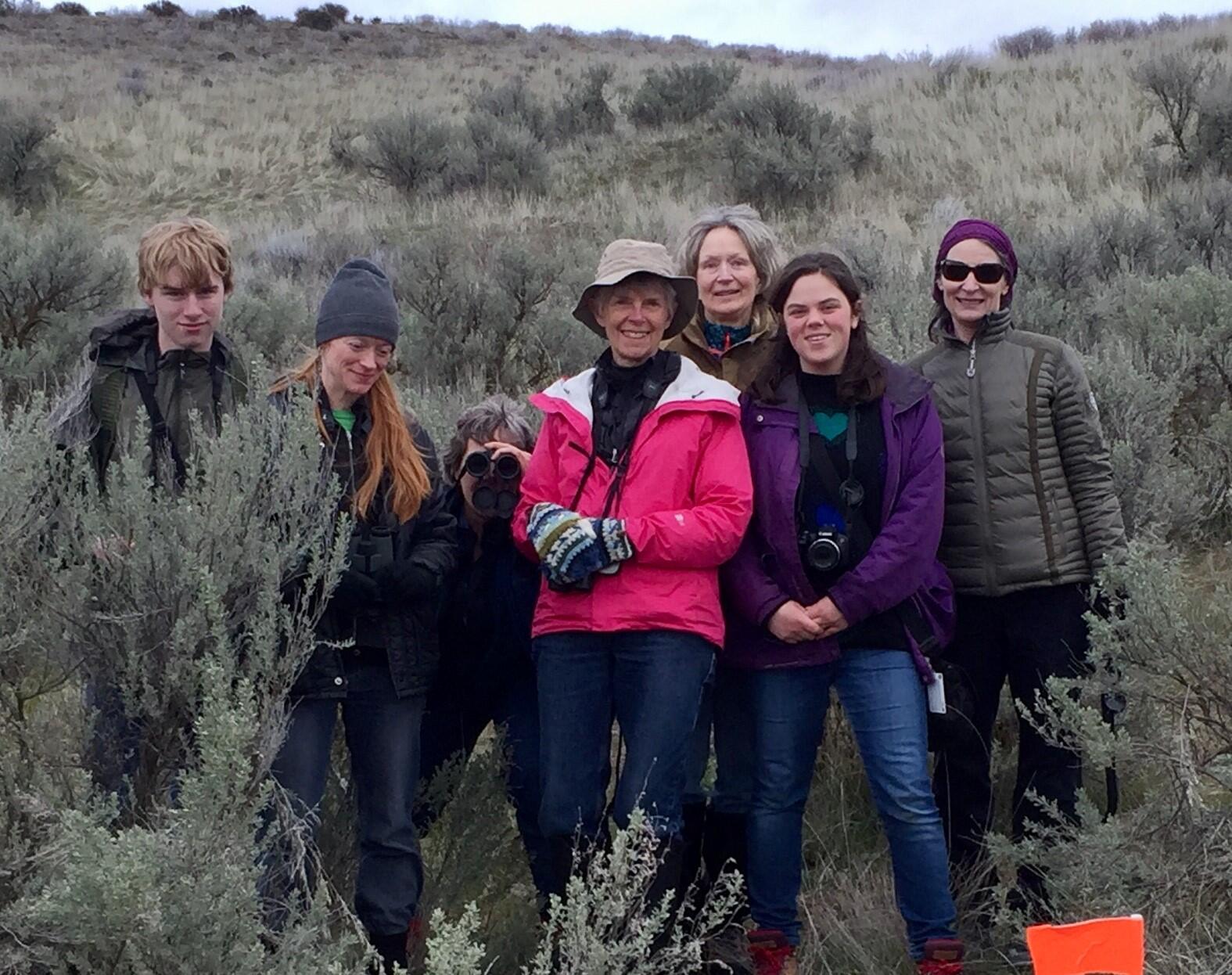
For me personally, the most exciting change has been the increased opportunities for participating in “citizen science”. The CBC isn’t the only way that people can help to gather data. For the past 20 years members from our chapter have been working together with Washington Department of Fish and Wildlife to do bird banding, waterfowl surveys, lek surveys and sagebrush songbird surveys. This type of active field work has attracted a whole new range of Audubon members. While field trips are nice, this is a whole other level of appreciation for birds and the habitat that they reside in. In the Sagebrush Songbird Surveys, coordinated expertly by Christi Norman, we had participants ranging in age from eight to eighty, literally. These projects developed the kind of camaraderie and support that is difficult to find elsewhere. They allowed people to develop an appreciation for the unique habitat that we live in and we provided useful data to help plan for the areas that we need to focus our attention on.
Looking back, it can sometimes be discouraging. So much change for the good occurred at the beginning of the 70’s. But those were just pieces of legislation. The hard part is making sure that the intent of that legislation is carried through. It takes persistence and the dedication of a large, energetic group of people. It takes vigilance to make sure that our hard fought progress is not undone. It takes vision to see what still needs to be done.
- Lindell Haggin, Spokane Audubon Society





